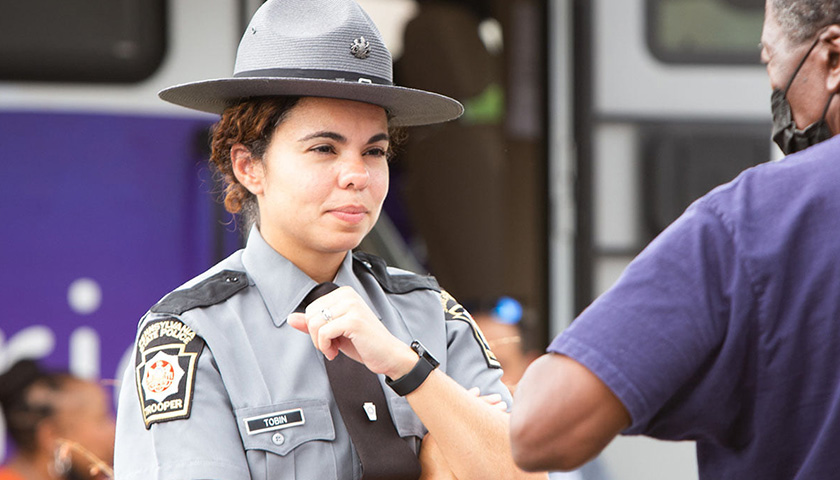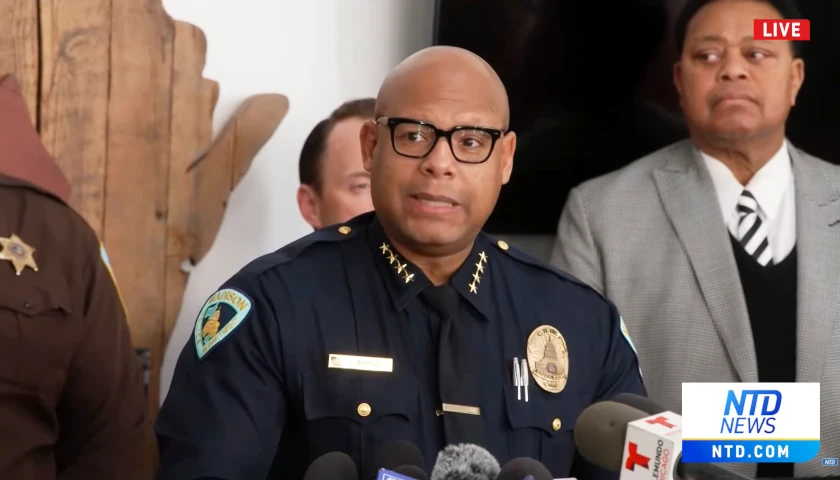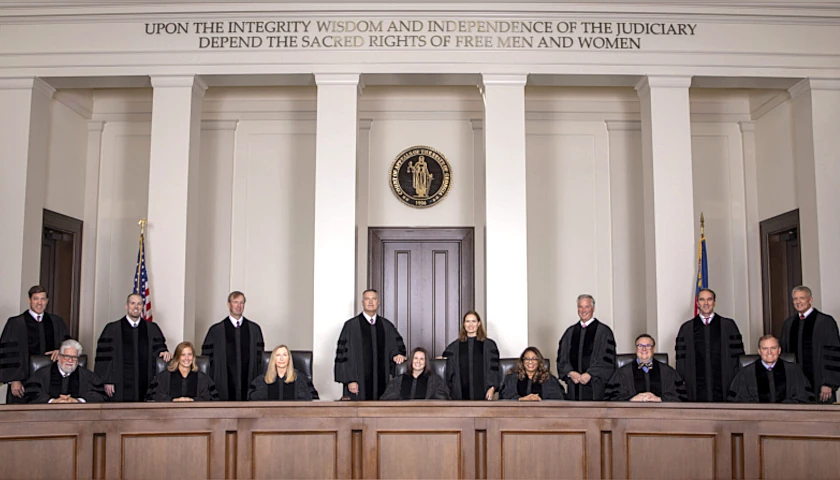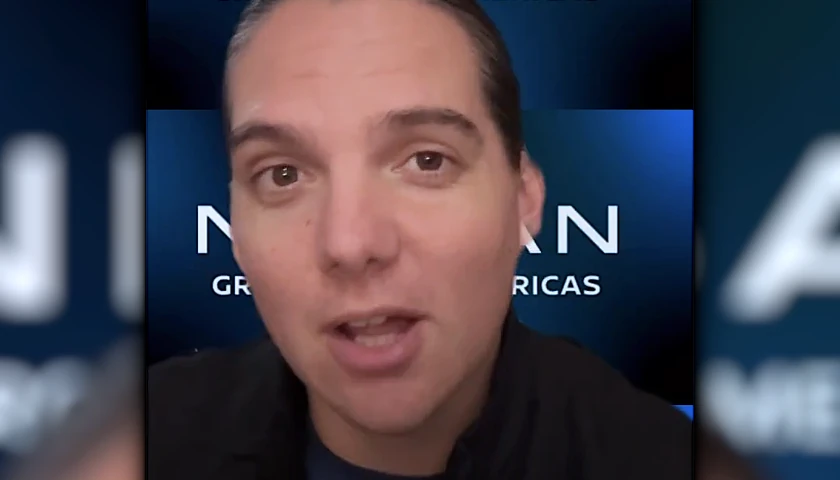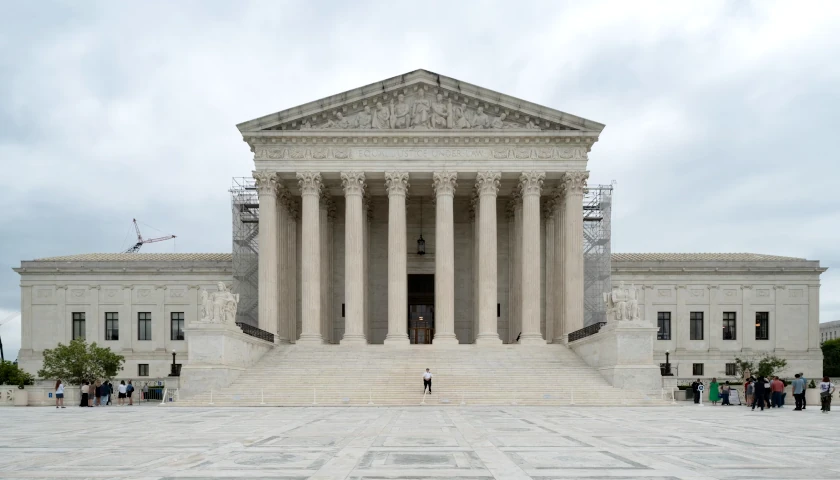by Christina Lengyel
In keeping with the governor’s strategy to incentivize residents to pursue work in critically short-staffed essential services, the Pennsylvania State Police has focused its efforts on recruiting more women into the force.
In a meeting with the Pennsylvania State Police Academy in Hershey, First Lady Lori Shapiro stressed the importance of a more diverse police force.
“Law enforcement agencies should reflect the communities they’re sworn to serve, and the Shapiro administration is working to ensure that every Pennsylvanian has well-trained, well-resourced police officers in their neighborhood,” she said.
Fewer than 10% of the over 4000 troopers in the state are women, a number which leaves much of the population underrepresented.
“The PSP was the nation’s first state police agency to fully integrate female troopers into its regular command structure, and we need to build on that legacy,” said Shapiro.
According to the National Center for Women & Policing, female officers are less likely to use excessive force or be named in lawsuits as their male counterparts, relying more heavily on “soft skills” to de-escalate conflicts and resolve disputes.
Research also suggests the public perceives female officers differently, which could prove advantageous in shifting opinions toward the force overall. Critics of the perceived paramilitary structures that they feel have overtaken departments across the country advocate for community-oriented policing, which is considered a particular strength among female officers.
“By adequately funding our state police and diversifying recruitment efforts to attract more women, the state police can help all Pennsylvanians be and feel safe,” Shapiro said.
Adding more female troopers is only one step toward a more representative staffing complement, the state police said. The agency said it is focusing on diversity as it struggles to fill current and upcoming vacancies, The Center Square previously reported.
The governor’s proposed budget includes $16 million toward recruiting 400 new police officers. It also creates a separate Public Safety and Protection fund, which will reduce the department’s dependence on the state’s Motor License Fund.
While Pennsylvania’s struggle to fill voids in a thinning workforce go beyond policing – and into other critical professions like mental health, teaching, and nursing – the state’s shrinking pool of candidates for police work in particular reflects a larger trend across the country. The unsparing spotlight on policing has led to more retirees and fewer applicants as the field struggles to find its footing amidst public scrutiny.
In addition to more funding for recruitment and retention, the governor has proposed offering a $2,500 three-year tax credit to newly-certified police officers and troopers, as well as nurses and teachers.
– – –
Christina Lengyel is a contributor to The Center Square.
Photo “Pennsylvania State Police” by PA State Police.

